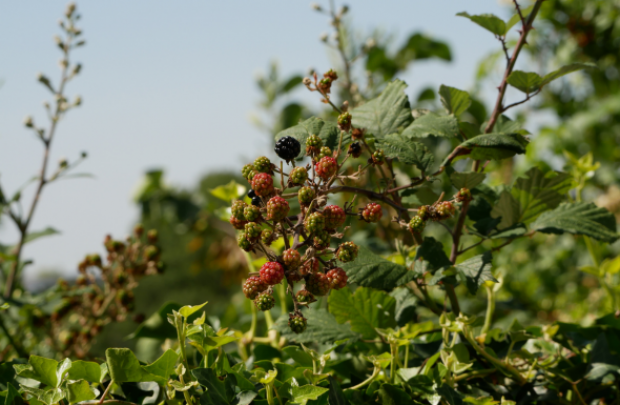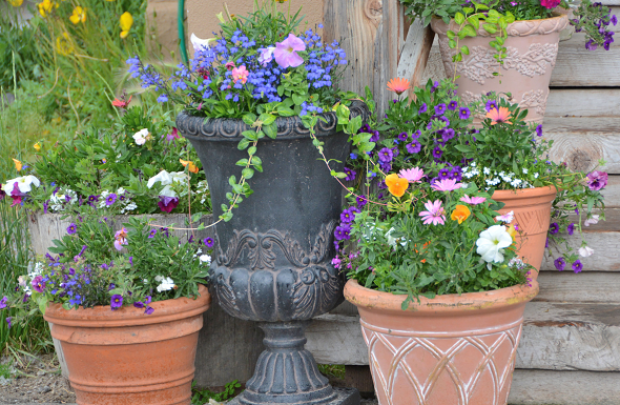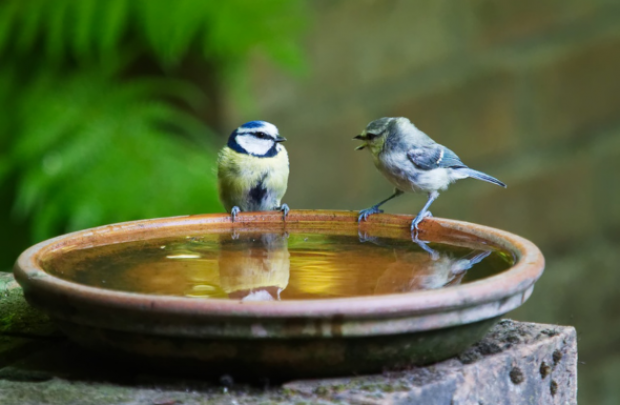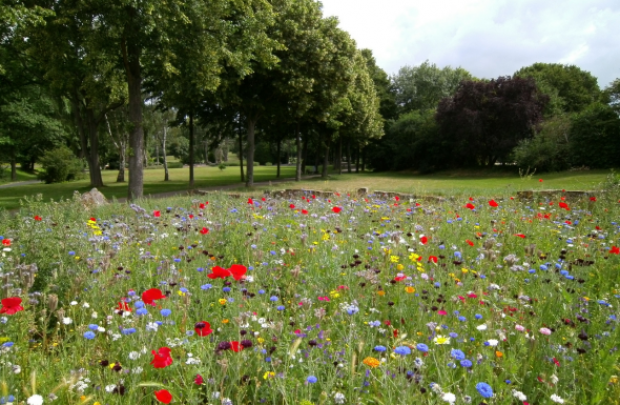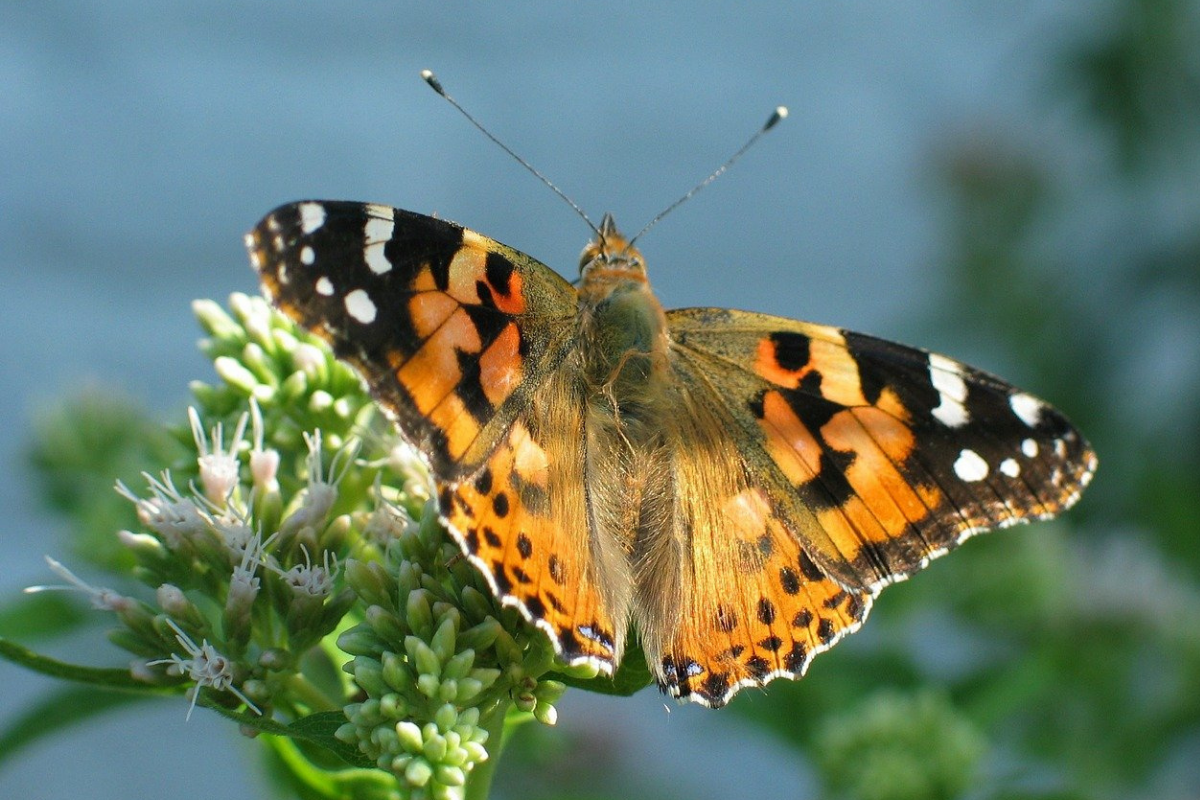
Spring visitors
by Jess Creber, Animal Biology and Conservation, Oxford Brookes University
As spring slowly but surely approaches, wildlife that escaped the cold to the south start to come north again. From the swift’s brief breeding visit to the continuous migration of the painted lady butterfly, spring migrants start to commonly appear again between March and April. In this blog we will be looking at which wildlife you’re most likely to see in the coming months and some of the efforts to help them.
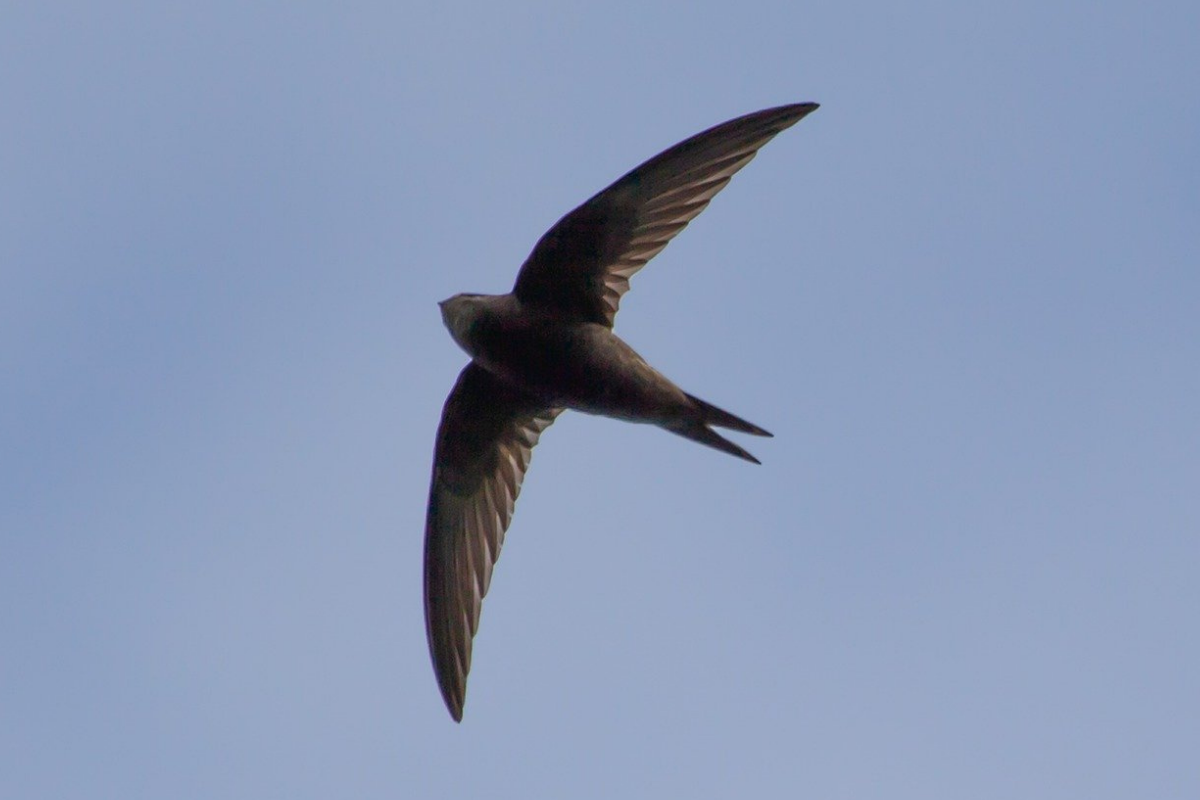
Swifts (Apus apus)
Arriving in the UK between April and May, swifts flying from Africa stay just long enough to breed (about 37-56 days while the young remain in the nest) and then they are off again. They make their nests out of saliva and twigs, and if the temperature gets too cold the young swifts can enter a state called torpor. Torpor is a hibernation-like state in which their metabolism slows and they do not need to feed until it warms up again. As soon as the young finish nesting, they migrate straight to central Africa. During winter months swifts do not stay in one place, and can travel many miles to find food and better weather conditions. Some have even been known to end up in Madrid!
In Exeter, the Cornerstone housing association aims to create wildlife-friendly houses to benefit various animals including swifts. These features include built-in nesting boxes – this is because some people complain about swift nests ruining their drainpipes and the amount of faeces they leave. The hope is to increase nesting opportunities for these birds as well as increasing urban biodiversity (RSPB, 2021).
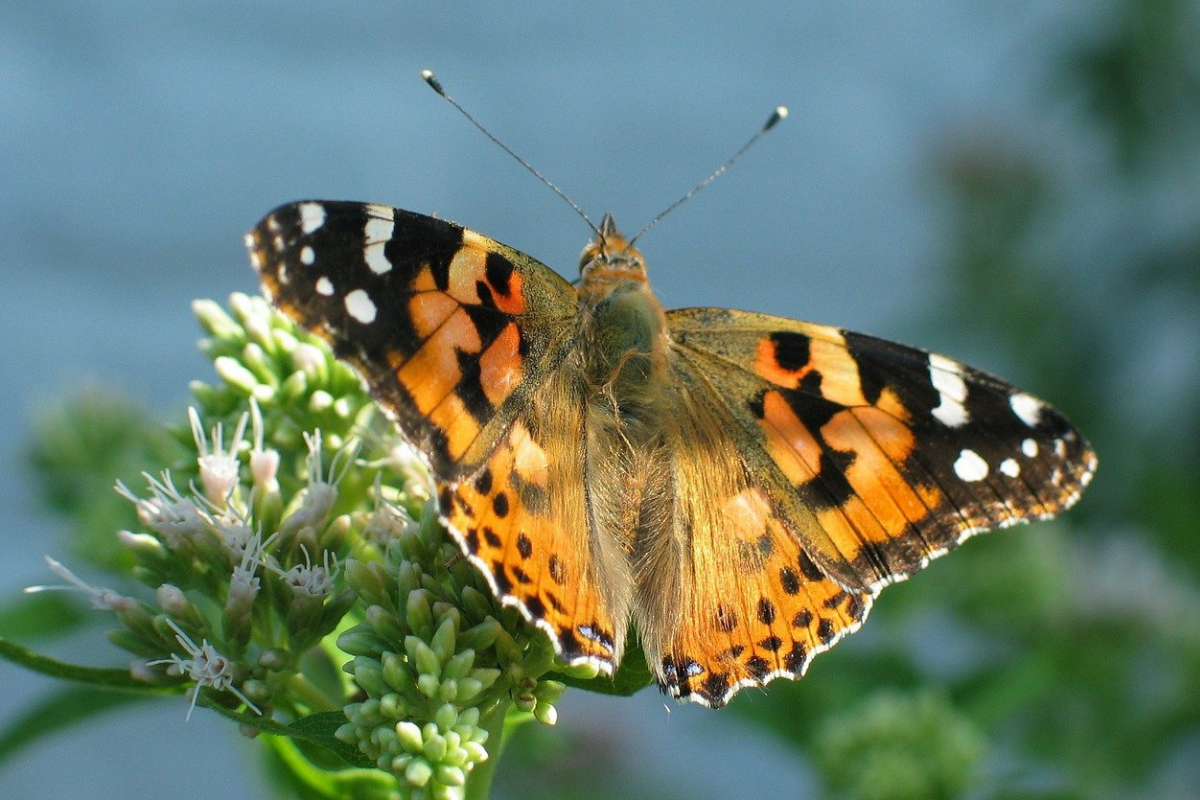
Painted Lady (Vanessa cardui)
Migrating south in autumn, the painted lady butterfly can have a round trip of up to 9,000 miles continuously moving and breeding around the world. A study at the University of York found that this migration happens over 6 successive generations - so the first migrants of the year are not the ones that arrive back a year later. They are probably the second or third generation following the originals. The painted lady migration was originally thought to be random, but this study found that there is method to the madness. Taking advantage of favourable winds at high elevations and tracking suitable environments, the painted lady generations logically keep moving throughout it’s migration along historical routes (Stefanescu et al, 2013).
Global citizen science programmes are in place to track painted lady movement and migration. This has helped in understanding the movement of these winged wonders, giving a greater understanding into their curious migration pattern (Butterfly Migration, 2015).
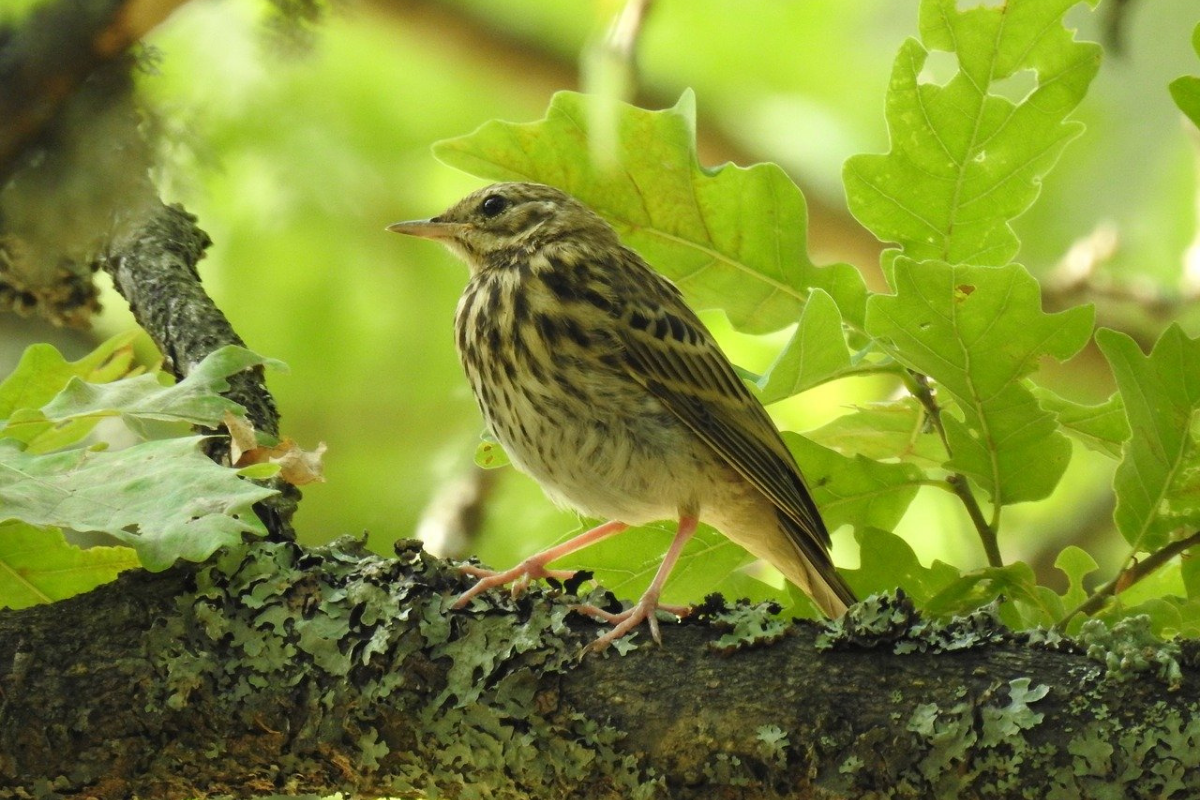
Tree pipit (Anthus trivalis)
Wintering in France and Iberia, some even reaching northern Africa, the tree pipit first appear back in the UK around March to May. A nocturnal migrant, the tree pipit commonly uses daylight hours for migration in the north of Europe, then as it migrates south it becomes increasingly nocturnal. This is a common migratory system in the Mediterranean (Gatter, 2000).
A UK red-listed species, the tree pipit population is in decline. It is thought that the decline is to do with their migration, rather than only factors in the UK (Sanderson et al, 2006). The RSPB has sites where they are present and great care is taken of the population, but no clear conservation is going on for this bird species.
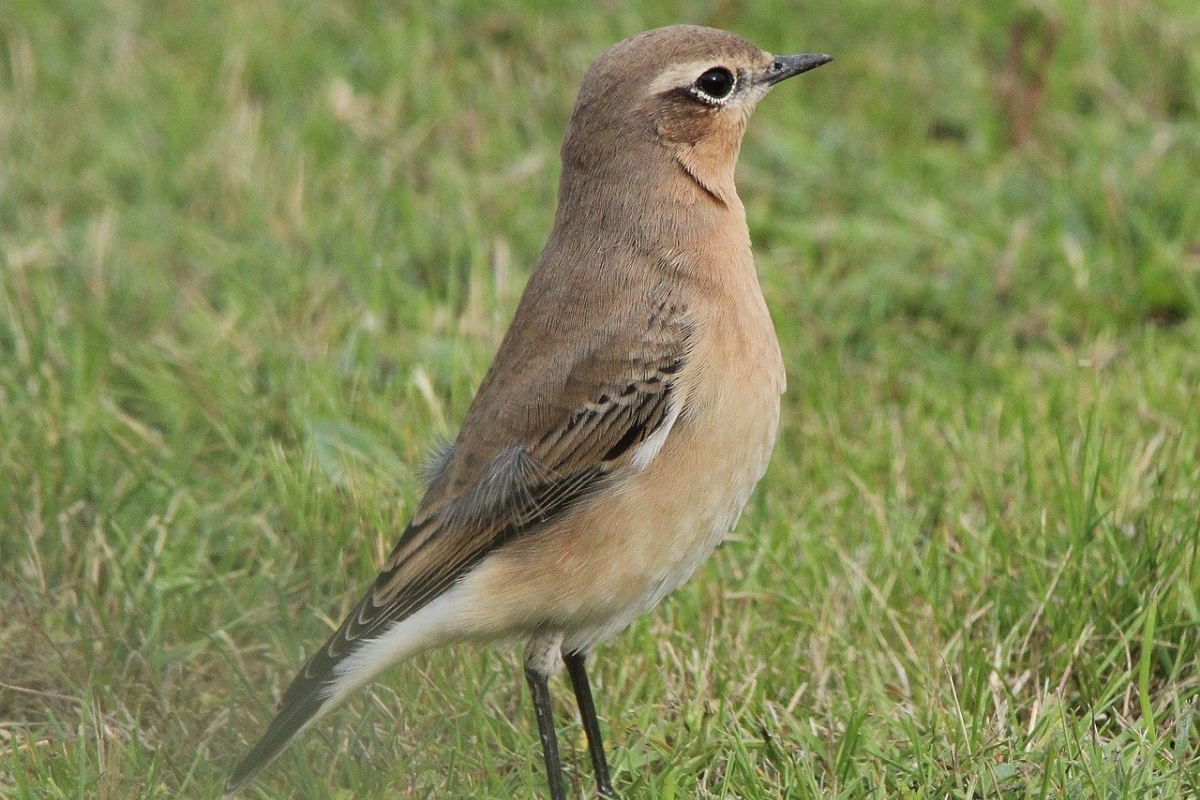
Wheatear (Oenanthe)
The name wheatear is derived from the Old English White/wheat and arse/ear, describing it’s white behind (Wildlife Trust, 2021). This white-rumped bird often arrives in the UK in March, but some have been known to appear around February. The males arrive first can be seen around the coast before moving further inland to prepare for breeding. By May, eggs are laid in ground nests and the young stay there for up to 30 days. Different species of wheatear arrive at different times in the UK, with the Greenland wheatear arriving in late April. Each species stays for varying lengths of time, some bypassing the UK entirely to continue on for up to 1,500 miles to the south of Europe.
The Wildlife Trust are currently restoring heathlands and ground-breeding sites for wheatears as well as other ground-nesting birds. To ensure no disturbance occurs when breeding, beneficial grazing regimes and good management promotion are put in place. This kind of work is vital for ground-breeding birds (Wildlife Trust, 2021).
I hope you keep an eye out for these species and all the other birds and insects that migrate in the coming spring, whether from your window or out and about. And don’t forget to let us know on the Naturehood Facebook page and share with us your spots and pictures.
